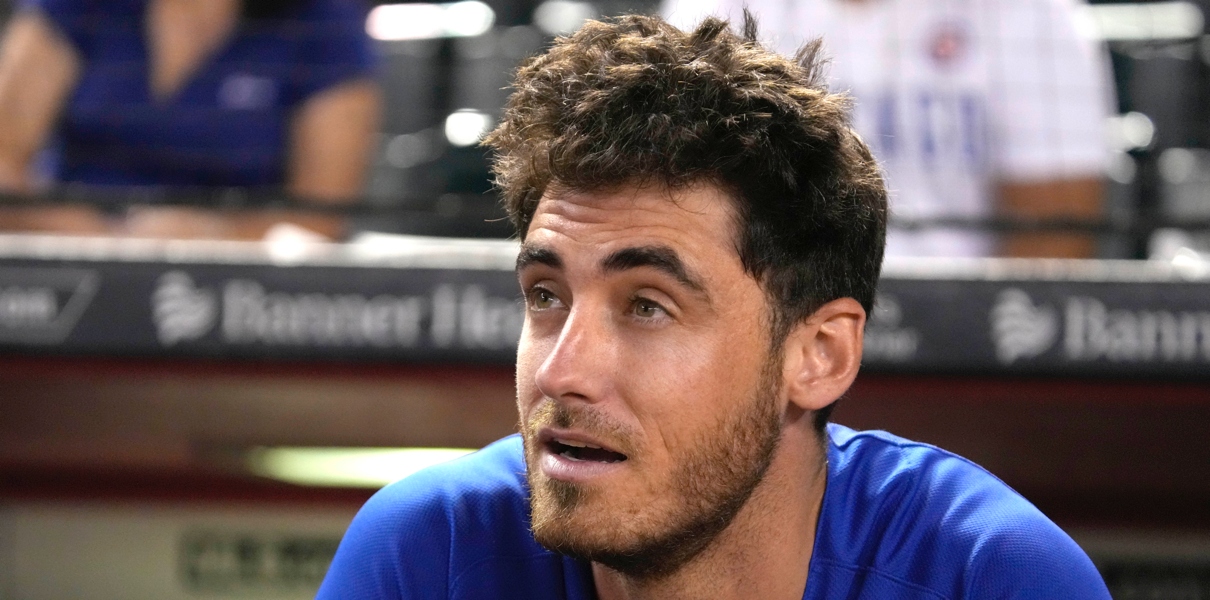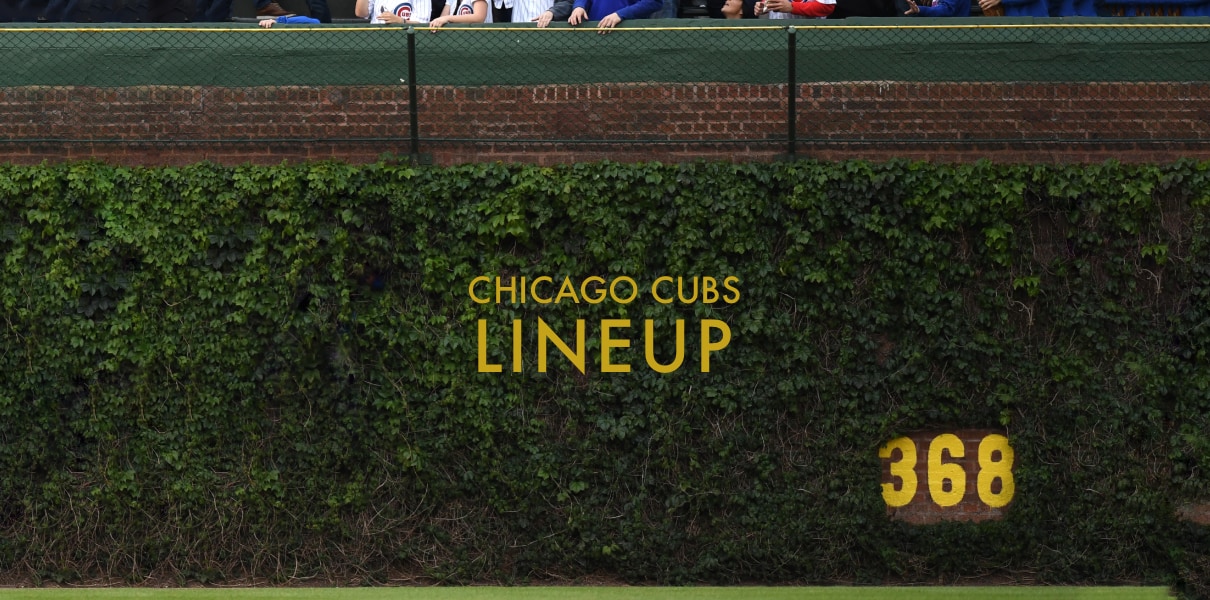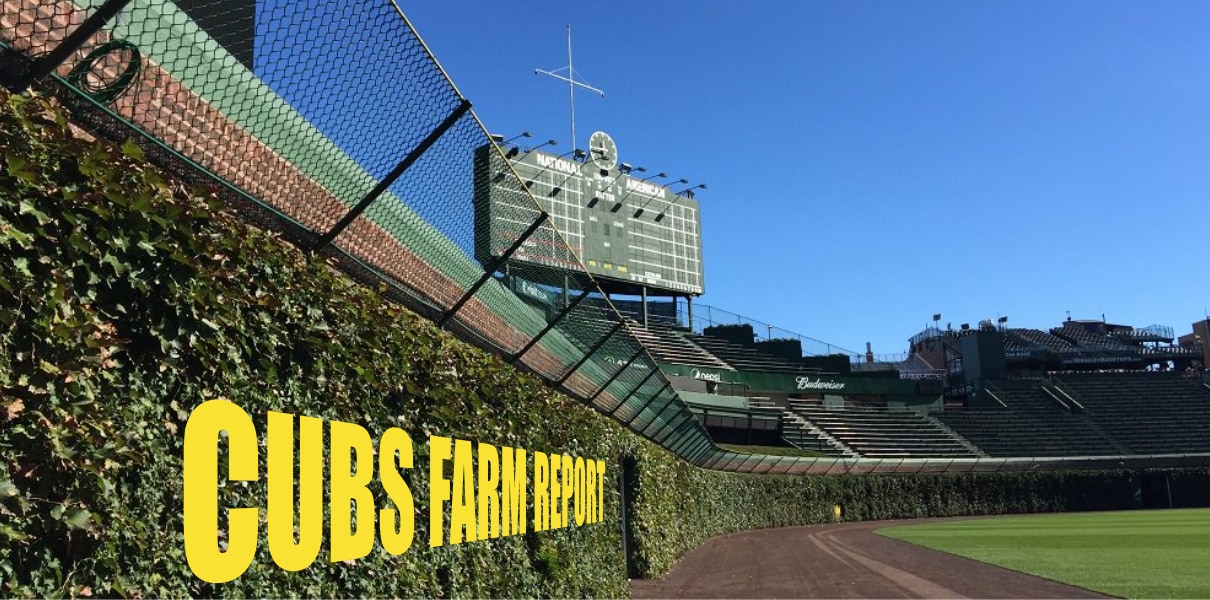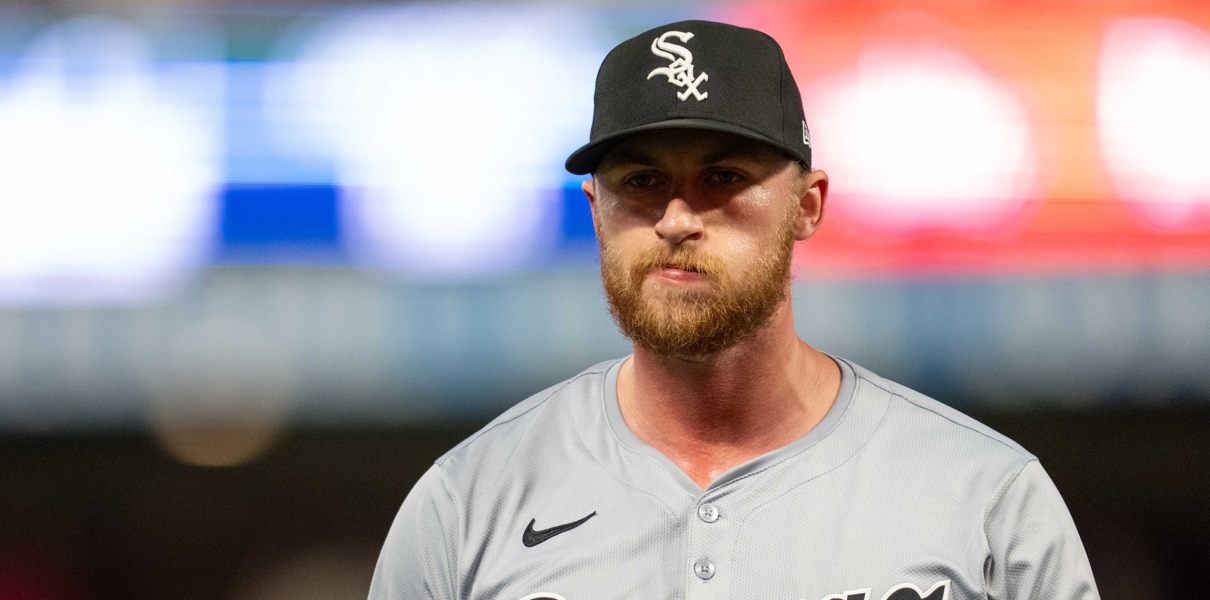[adinserter block=”1″]In the top of the 5th last night, the Cubs had Dexter Fowler on third, Jason Heyward on first, and Anthony Rizzo at the plate with one out. That’s a run-scoring situation if I’ve ever seen one.
But the Cubs did not score, and went on to lose last night’s game late on a walk-off hit. Rizzo hit into a double play, and that was that.
Except that’s not quite that, because it was anything but a typical double play. Check out the play and see if you can figure out exactly how and why the Cubs were doing what they did, and why it worked out so badly for them:
Your browser does not support iframes.
That’s just your standard 3-2-5-2-6-9 double play.
How did it happen, though?
Well, first off, you had an excellent quick decision by Paul Goldschmidt to throw to home rather than try and start a traditional double play that, because of Heyward’s proximity to second*, probably wouldn’t have been completed and the Cubs would have scored a run. From there, as best I can figure, Fowler had simply come too far off third – as opposed to breaking for home on contact (if he had, he would have been out, but he would have been much further up the line when the throw reached home, which he wasn’t, which was what makes it weird). He was probably coming down the line so that he could break for home when the throw went to second base, but Goldschmidt’s quick decision to come home may have thrown him off, and he knew he was in trouble.
[adinserter block=”2″]From there, he tried to get in a long run down so that Heyward and Rizzo could advance, but the Diamondbacks had that well covered, and I think it would have been inadvisable for Heyward to even try to come to third. Heyward agreed and stayed put, but Rizzo strayed too far from first so that, when Fowler was tagged out, Rizzo was absolutely meat at first base. Upon watching and re-watching, I think part of the problem was that he may not have seen that the right fielder, David Peralta, came up behind him to cover first base. If that’s what happened, obviously you’d like to see Rizzo a bit more aware there, but you also tip your cap to Peralta for a really heads up play.
In the end, it was a weird play with a series of questionable choices on the Cubs’ side and strong fundamentals on the Diamondbacks’ side. It turned a one-out or no-out play (if Fowler’s close enough to third, Goldschmidt’s throw home does nothing except prevent the run, and then the bases are loaded with one out for Kris Bryant) into an inning-ending double play. In a one-run game, that’s a bummer.
I’m not saying this play is why the Cubs lost, mind you – there were plenty of other issues – but I did want to highlight how important baserunning can be, even if it’s less perceptible in the box score.
*Then again, now that you can’t break up a double play in the traditional way, maybe the D-Backs would have been able to turn two after all. We’ll never know.

































